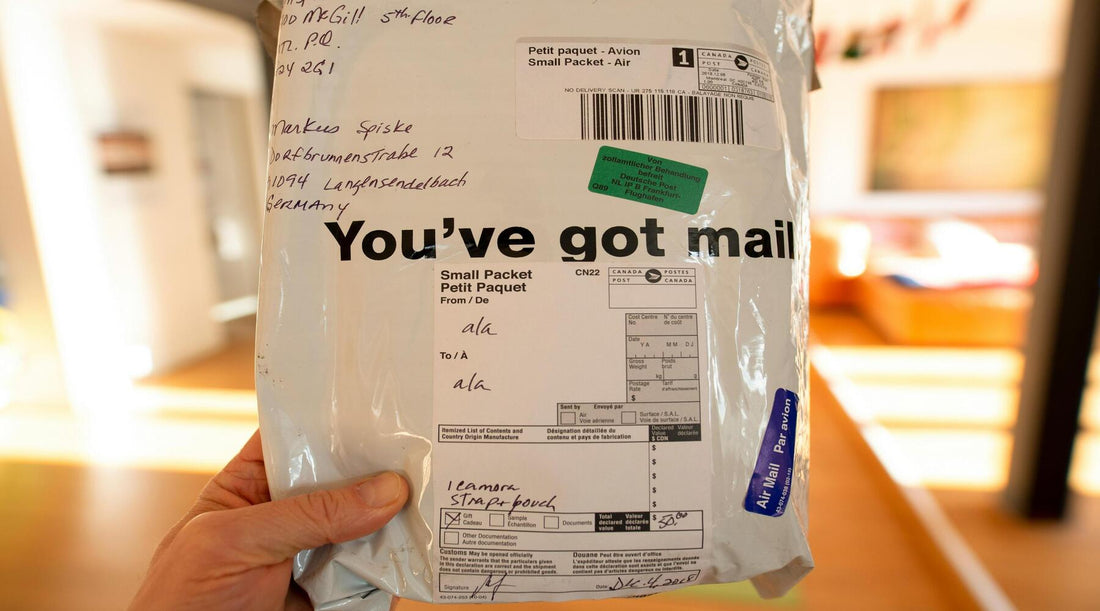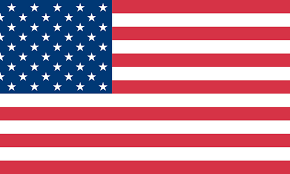Full Guide to Create Royal Mail Shipping Labels

Shipping parcels with Royal Mail can seem daunting, but it doesn't have to be! This comprehensive guide will walk you through everything you need to know about creating and printing Royal Mail shipping labels. From understanding what a shipping label is to selecting the right packaging, we've got you covered. By the end of this post, you'll be equipped to handle your shipping needs like a pro, ensuring your packages arrive safely and on time. Let's make shipping simple and stress-free!
What Is a Royal Mail Shipping Label?
A Royal Mail shipping label is simply a sticker or piece of paper that contains all the essential information needed for your package to reach its destination. This includes the sender's address, recipient's address, weight, and postal class. The label often has a barcode that can be scanned throughout the delivery process to track the parcel.
These labels serve as a vital tool in the logistics world. They ensure that each package travels through the network efficiently and reaches the correct recipient. Without them, the chances of your item getting lost or sent to the wrong address increase significantly.
How Do Royal Mail Shipping Labels Work?
Royal Mail shipping labels function like a roadmap for your parcel. Once you stick the label onto your package, it guides the item from one checkpoint to another. The barcode on the label is scanned multiple times during transit, allowing both the sender and the recipient to track the package in real-time.
The importance of these labels cannot be overstated. Imagine you're running an online store; accurate and timely deliveries are crucial for customer satisfaction. A properly filled-out shipping label ensures that your items are delivered without any hiccups, helping you maintain trust and reliability with your customers.
Royal Mail Packaging Requirements for Shipping
When preparing a package for Royal Mail, there are some key requirements to keep in mind. Firstly, always use sturdy packaging materials that can withstand handling and transportation. Items like glass or electronics should be wrapped securely to prevent damage.
Certain items are prohibited from being shipped, such as flammable liquids and illegal substances. Always check the Royal Mail website for a complete list of items that can't be shipped.
If you're printing your own shipping labels, Royal Mail recommends using a thermal printer for better quality prints. Other basic rules include ensuring that your label is clearly visible and free from any obstructions.
Steps to Create and Print Shipping Labels
Creating and printing Royal Mail shipping labels is simpler than you might think. Here are six detailed steps to guide you through the process:
Step 1 Log in to your Royal Mail account
Visit the Royal Mail website and log into your account. If you don't have an account yet, creating one is quick and easy. Just follow the on-screen instructions.

Step 2 Select "Create Label"
Once you're logged in, navigate to the "Create Label" section. This option is usually found under the "Shipping Tools" or "My Account" menu. Click on it to start the process.
Step 3 Enter shipment details
Fill in all the necessary information, including the recipient's address, sender's address, and the weight and dimensions of the package. Make sure to double-check these details for accuracy to avoid any delivery issues.
Step 4 Choose postage options
Select the type of postage service that best suits your needs. Options range from first-class to second-class, express delivery, and even international shipping. Each option will display the estimated delivery time and cost.
Step 5 Review and confirm
Take a moment to review all the information you've entered. Ensure that everything is correct, including addresses and postage options. Confirm the details once you're satisfied.
Step 6 Print the label
After confirming the details, proceed to print the shipping label. For the best results, use a thermal printer, as recommended by Royal Mail. Print out the label and affix it securely to your package using strong adhesive or packing tape.
By following these steps, you'll create accurate and professional-looking shipping labels, ensuring smooth and hassle-free deliveries.
Choosing the Right Packaging to Meet the Rules
Choosing the right packaging is essential to comply with Royal Mail's regulations and to ensure your items arrive safely at their destination. Let's break it down further.
1. Exterior Packaging
Selecting the appropriate exterior packaging is crucial for protecting your parcels and adhering to Royal Mail's guidelines.
-
Packing Boxes
Packing boxes are ideal for heavier or more fragile items. Use sturdy cardboard boxes that can withstand the rigors of transport. It's advisable to use double-walled boxes for added protection. Additionally, fill any empty space inside the box with cushioning materials like foam peanuts or bubble wrap to prevent the item from shifting during transit.
-
Packing Bags
Packing bags are great for lightweight items, such as clothing or soft goods. Choose durable, tear-resistant bags to avoid any damage during handling. Ensure that the bag is properly sealed to prevent it from opening during transit. Some packing bags come with self-sealing adhesive strips, which make them easier to close securely.
-
Packing Envelope
Packing envelopes are perfect for small, flat items like documents, books, and small electronics. Opt for padded envelopes if your items require extra protection. The padding helps absorb shocks and prevents damage. Using tamper-evident envelopes can also add an extra layer of security for important documents.
Choosing the right exterior packaging protects your items and helps them comply with Royal Mail's requirements.
2. Protective Wrapping Materials
Using the right protective wrapping materials can make a big difference in how securely your items travel.
-
Honeycomb Packing Paper
Honeycomb packing paper is a fantastic alternative to traditional packing materials. It's eco-friendly, providing excellent cushioning while being biodegradable. Unlike bubble wrap, honeycomb paper decomposes naturally, making it a sustainable choice. The unique structure absorbs shocks effectively, offering superior protection for fragile items.
-
Packaging Tape
High-quality packaging tape is essential for securing your packages. Look for strong, durable tape that won't peel off easily. Reinforced or heavy-duty packing tape is particularly effective for sealing large or heavy boxes. Make sure to apply the tape along all seams and edges to keep the package securely closed.
For reliable wrapping materials, consider using Munbyn honeycomb packing paper and packing tape. They offer excellent quality, ensuring your items are well-protected during transit.
3. Labels & Stickers
A transition part with a few words. Introduce why shipping labels is a must for delivery and the importance of using sticker.
-
Shipping Labels
Shipping labels are a critical component of the delivery process. A qualified thermal label for shipping should be clear, legible, and meet Royal Mail's size and material specifications. Typically, white shipping labels with black text are recommended for maximum readability. The label should include all necessary information, such as sender and recipient addresses, weight, and a scannable barcode.
-
Stickers
Stickers can enhance your shipping experience in various ways. For small business owners or online shop runners, custom stickers can help brand your products and create a memorable unboxing experience for customers. Regular stickers, such as normal round or rectangle labels, allow one to provide more details about the products and add more adornments, helping to leaving a good impression on customers.
For dependable shipping labels and stickers, Munbyn offers a range of reliable products that meet Royal Mail's standards. Their high-quality labels and stickers can help streamline your shipping process and ensure your packages arrive safely.
Final Says
Creating and printing Royal Mail shipping labels doesn't have to be complicated. With the right tools and knowledge, you can ensure your packages are prepared correctly and reach their destinations safely. From understanding what a shipping label is to choosing the right packaging, this guide has covered all the essentials.












